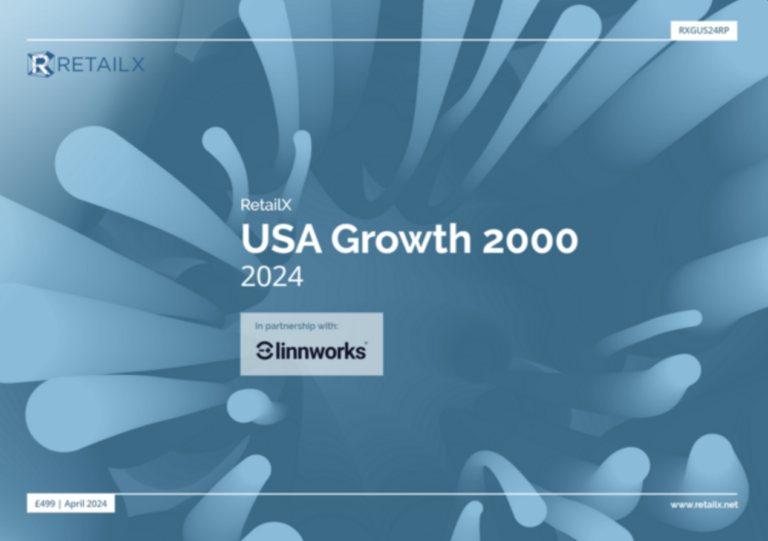Multichannel retailers are staging a comeback against their pureplay rivals, together winning a higher share of sales of entertainment products from music and video to games, new analysis suggests.
Grocery and high street retailers continued to take market share in physical entertainment product categories from online-only traders in the first quarter of 2016, according to the latest edition of the Kantar Worldpanel Entertainment Barometer. They took 69.8% of entertainment spending in the 12 weeks ending April 10 2016, up from 67.5% at the same time last year.
Amazon was the single strongest performer across physical entertainment sales, with a 22.6% share of the market in the 12 weeks to April 12. That’s down by 0.6% on the same time last year. Multichannel retailer Tesco came in second place with a 15.6% (+0.5 percentage point) share of the market, while hmv had 14.9% (+2pp), Asda 9.3% (-0.9pp) and Game 9% (0pp change).
“Despite recent high profile casualties for high street fashion retailers, the performance of bricks and mortar entertainment stores has demonstrated the strong appeal this channel still holds for consumers,” said Fiona Keenan, strategic insight director at Kantar Worldpanel. “High street entertainment spend declined by just 2% this quarter, in contrast with a 12% fall online.”
Music was the best performing category in physical entertainment, with sales declining by 1% – compared to an 8% fall in games and 6% in video. Here, the CD remains the most popular way to consume music content despite the fact that 14% of the population now subscribes to music streaming services such as Spotify. “One in four music consumers,” said Keenan, “buy only CDs and have not made the move to digital or streaming services.”
In the music and video category, pureplay Amazon led the way in sales, said Keenan, followed by HMV which has overtaken third-placed Tesco. In making this recovery, says Keenan, HMV has traded on the strength of its stores. “Such a strong performance from HMV has not been seen since it entered administration in 2013,” said Keenan. “HMV has really focused on creating an in-store environment that stimulates and excites consumers like it did in its heyday. This focus is clearly reflected in the fact that over half of its sales this quarter came from customers who hadn’t planned to make a purchase – significantly higher than the market average of 38%.”
The standout seller in video was the release of James Bond film Spectre, with 1.7m transactions since February. More than 80% of copies were sold through supermarkets, led by Tesco, which sold almost half of all copies of Spectre, likely thanks to a £7 launch price. Of those who bought it from Tesco, 45% had not bought a video from Tesco in the previous year, says Kantar.
Just as HMV has staged a recovery in the music and video market, so Game has fought back in the gaming market, where 77% of games purchases were in store, says Kantar. That’s their highest share in five years. Game, Tesco and Asda all performed better in store than through their online platforms, and Game was the first-choice retailer for consumers buying fourth generation games.
Connor Campbell, senior market analyst at Spreadex, said: “Despite the rise and rise of online shopping, and the recent collapse of the likes of BHS, it hasn’t been all bad news for the UK high street of late.” He said the fact of HMV’s recovery suggested that “the UK shopping public still have a soft spot for the bricks and mortar shopping experience.”









